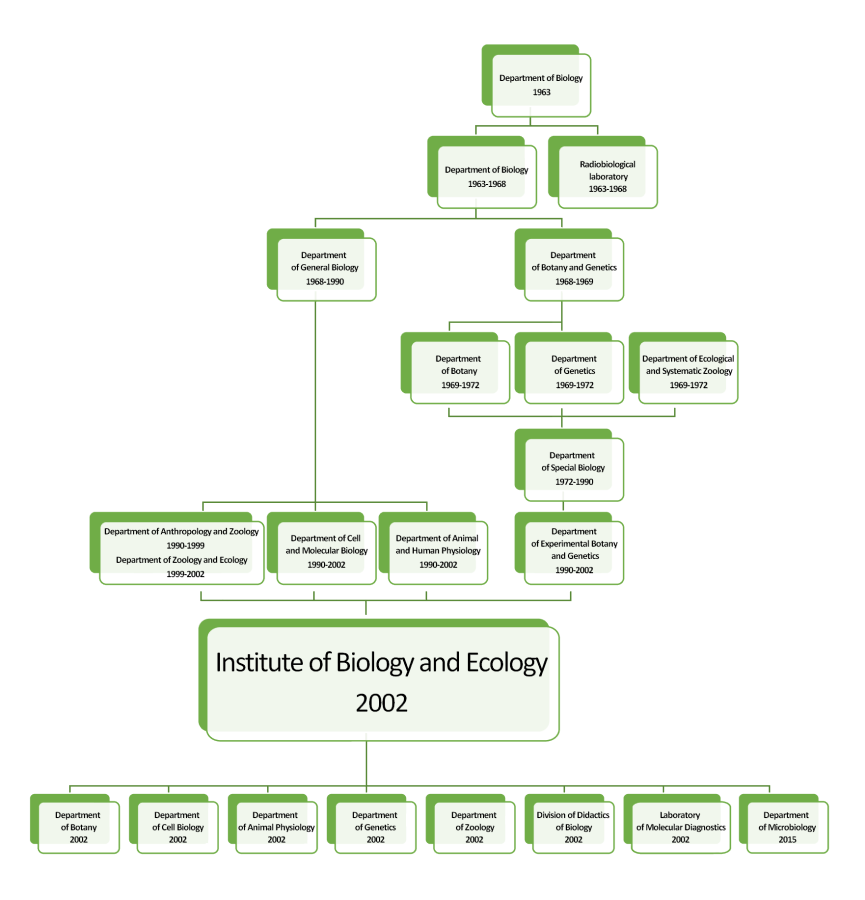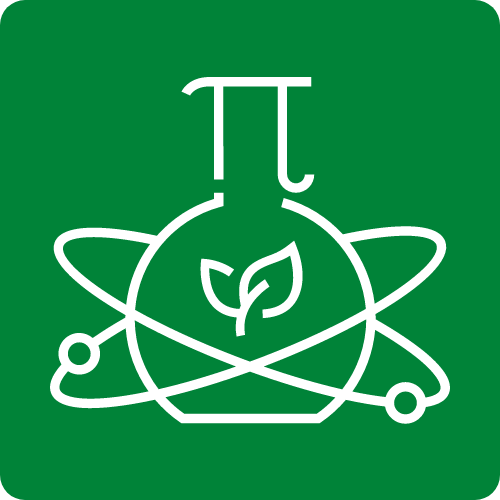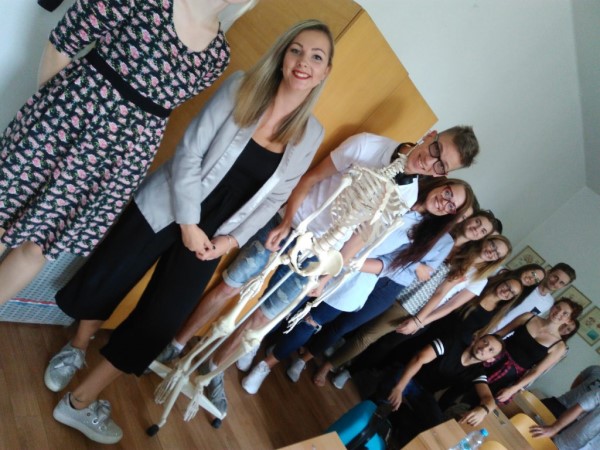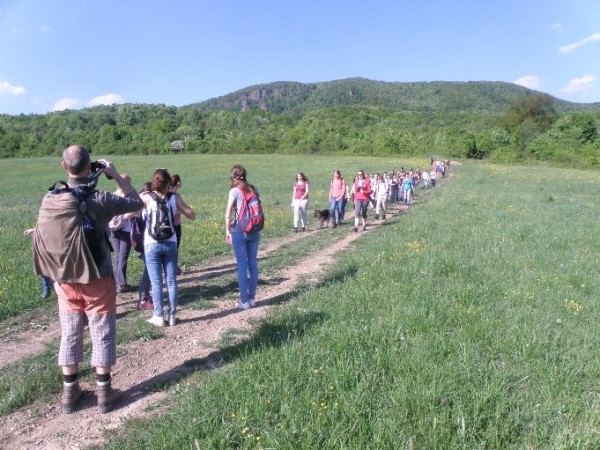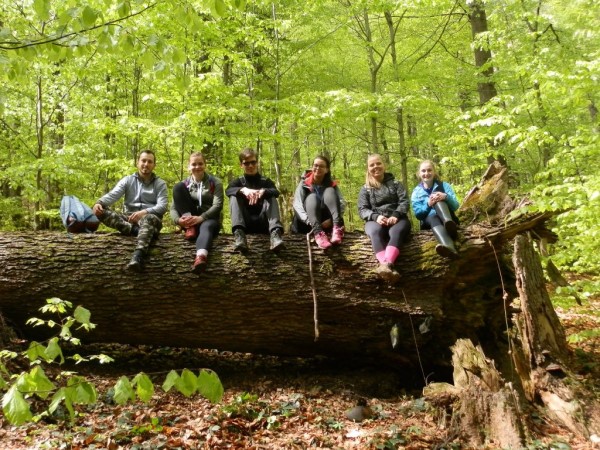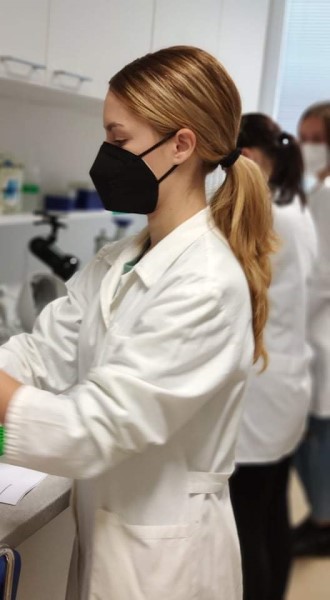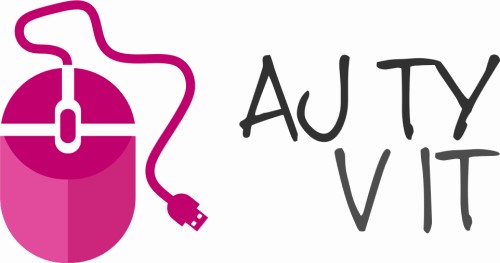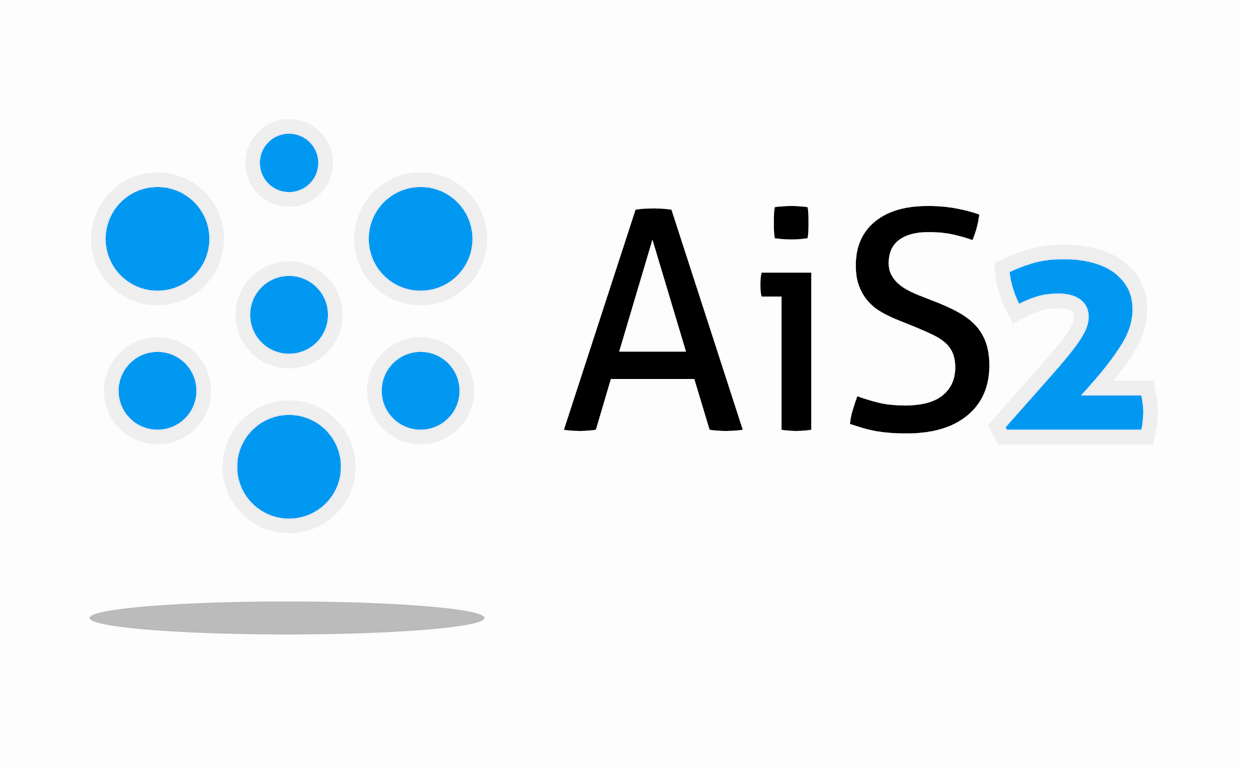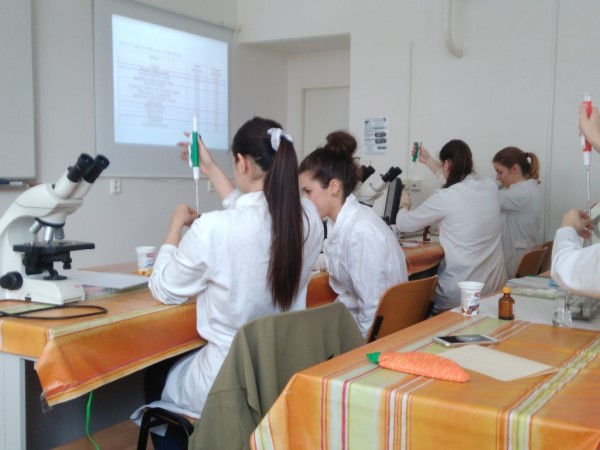
History
The beginning of biological research and higher education in Košice is engaged with institutions which were established before foundation of Pavol Jozef Šafárik University, namely College of Agriculture and Forestry (1946), Medical Faculty (1948), Botanical Garden (1950) and workstations of Slovak Academy of Sciences (1953). In the middle fifties of the last century several graduates of Comenius University in Bratislava and Charles University in Prague came to Košice. One of them was Robert Hončariv (1931 – 2021) who graduated from Comenius University in Bratislava but spent a period of his study at Charles University in Prague. He arrived with several graduates from Charles University in Prague. They decided to start their academic career in the Botanical Garden of Slovak Academy of Sciences (recently a part of P. J. Šafárik University) and deal with investigation of algae and participate at research on the effects of ionizing irradiation and its use in plant breeding. About the same time, in 1957, Milan Praslička (1923 – 1985), a young scientist convinced of the necessity of establishment of radiobiological workstation came to Košice from Institute of Biophysics of the Czechoslovak Academy of Sciences in Brno. An interplay of circumstances and specialists contributed to foundation of the first Czechoslovak workplace with source of radiation in Košice (source of chronic radiation in Botanical Garden of the Slovak Academy of Sciences and later a radiation facility near the airport, so called gamma field) for investigation of biological effects of chronic radiation on plants and animals. The roots of this direction in a wider international context go back to Thomas Hunt Morgan (1866 – 1945) and his followers, especially his doctoral student, Hermann Joseph Muller (1890 – 1967), both Nobel Prize laureates. Muller had a merit in new findings on the use of radiation for induction of mutations in living systems. At that time the Czech scientist and mathematician Artur Brožek visited the laboratory at Columbia University and brought the acquired knowledge to Prague to be further developed by Karel Hrubý (1910 – 1962), a geneticist, who affected the young graduates who decided to start their professional career in Košice.
After foundation of the Faculty of Science, P. J. Šafárik University in Košice in 1963, the biological education was provided by academicians from the Department of Biology, Faculty of Medicine and researchers of the Radiobiological division of the Institute of Experimental Biology of the Slovak Academy of Sciences in Košice but in the same year the Department of Biology became a part of the Faculty of Science. Associate Professor Milan Praslička, former student of the Brunensis pioneer of biophysics and founder of radiobiology in Czechoslovakia, Professor Ferdinand Herčík, establish a facility with installed source of continuous gamma radiation providing conditions for investigation of the effects of chronic radiation on animals and plants. The first students in one-subject study of biology and two-subject study of biology and chemistry were graduated in 1967.
Department of Biology has enlarged as to the number of employees, number of taught disciplines and research areas which led in 1968 to splitting of the Department of Biology into Department of General Biology chaired by Professor Milan Praslička and Department of Botany and Genetics chaired by associate Professor Robert Hončariv. The latter split soon, in 1969, into Department of Genetics headed by associate Professor Robert Hončariv and Department of Botany chaired by associate Professor Jozef Rácz. A new department, Department of Ecological and Systematic Zoology headed by associate Professor Ivan Zmoray was founded simultaneously. These three departments inhabited the building of the Botanical garden while the Department of General Biology was situated at Šrobárova street near the Rectorate. This structure lasted till 1972 when the three departments fused into Department of Special Biology chaired by associate Professor Robert Hončariv.
Biological research at both departments, Dept. of General Biology and Dept. of Special Biology started to diversify in several directions. Along with radiobiological direction, a new topic of cosmic biology started to develop within the frame of international collaboration Inter-cosmos. The researchers studied the effects of micro-gravitation and other factors of spaceflight on selected parameters of lipid and nucleic acid metabolism in adult and developing organisms. Later they concentrated on chrono-physiological study of biological rhythms of selected metabolic parameters and hormones in rats. In the field of population genetics the researchers studied the anthropological serum markers in the Romanises living in east Slovakia. Zoological research was aimed at the study of species diversity of batrachofauna and molluscs. Botanical and genetic research was oriented on cytogenetic changes in plants induced by chronic gamma rays but later a new direction of medicinal plant research started to develop. It was focused on natural compounds of plant origin and breeding of new medicinal plant varieties. At the beginning of eighties a new direction of plant biotechnology was introduced.
In 1985, after sudden death of academician Milan Praslička, the leadership of the Deparment of General Biology was undertaken by associate Professor Eva Mišúrová. At the end of eighties, similarly as in 1968-69, the social changes affected the situation at biological departments and triggered the ambitions of structural changes, especially at the Department of General Biology which split into Department of Cell and Molecular Biology headed by associate Professor Eva Mišúrová, Department of Anthropology and Zoology chaired at the beginning by associate Professor Ivan Bernasovský and later, and since 1999 this department changed the name again to Department of Zoology and Ecology and was chaired by associate Professor Igor Hudec. The third department was Department of Animal and Human Physiology headed by Professor Ivan Ahlers. The Department of Special Biology changed the name to Department of Experimental Botany and Genetics. During the first years it was chaired by Dr. Peter Černaj but after his untimely death the department was headed by Dr. Anna Macková and since 1998 by associate Professor Eva Čellárová.
During nineties the traditional scientific concentration on radiobiology started to change. Most of the research projects were aimed at the study of natural sources of compounds with anticancer activity and studies of carcinogenesis and experimental prevention and treatment of cancer. Zoological research was focused on the study of the soil, terrestrial and water environment in relation to abiotic factors. The applied research of medicinal plants at that time was focused on the provision of raw stocks for national and some international companies (introduction of new species into farming, breeding, and participation in processing technologies). New-developed direction of plant biotechnology, cryobiology and genetics concentrated on various genetic and physiological aspects of medicinal plant species cultured in vitro. Botanical research was dedicated to taxonomic study of the genera Thymus and Hypericum, their reproduction modes and chemotaxonomy but also other problems of plant taxonomy, for instance, participation in elaboration of the monograph Flora of Slovakia. The fundamental research in plant physiology was focused on medicinal plant secondary metabolism. Ecophysiological studies were represented by investigation of toxic metals on metabolism of plants and lichens.
The need for more effective learning process and better coordinated research activities resulted in new organisational structure of the Faculty of Science in 2002. Biological departments were integrated into Institute of Biology and Ecology. The interior structure consists of academic workplaces: Department of Botany, Department of Cell Biology, Department of Animal Physiology, Department of Genetics, Department of Microbiology, Department of Zoology, Division of Didactics and Laboratory
for molecular diagnostics. At the threshold of millennia the research concept insisted on two fundamental directions – biomedical represented by research teams of Department of Cell Biology, Department of Genetics and partially Department of Animal Physiology and, ecological represented especially by the teams of Department of Zoology and Department of Botany.
Institute of Biology and Ecology provides education at all three levels; for bachelor students of one-subject study in Biology and General Ecology and Ecology of Individuals and Populations and two-subject study in combination with Biology; for master´s students in four one-subject study programmes: Genetics and Molecular Cytology, Zoology and Animal Physiology, Botany and Plant Physiology and General Ecology and Ecology of Individuals and Populations and teachers´ training study programmes in combination with Biology; for doctoral students in Genetics, Molecular Cytology, Plant Physiology, Animal Physiology and Ecology.
Research directions at the Institute
